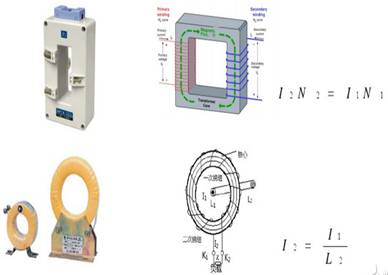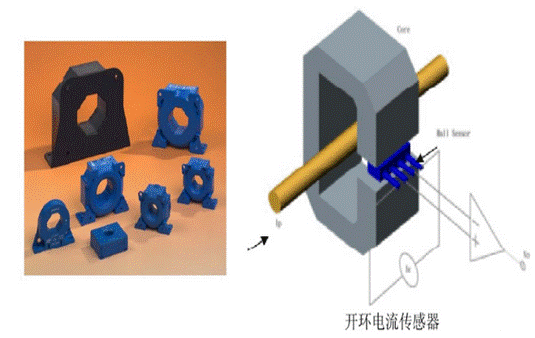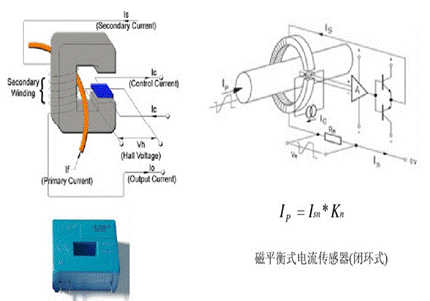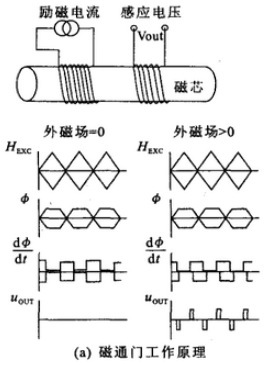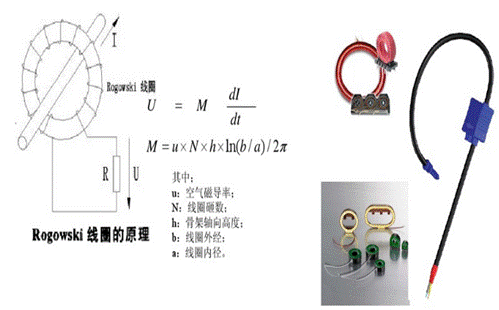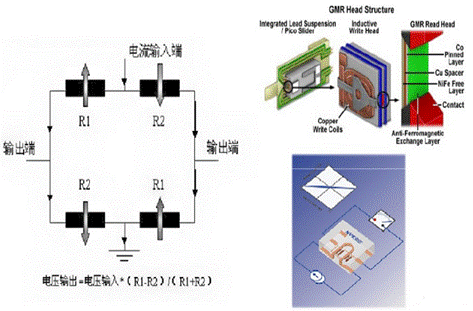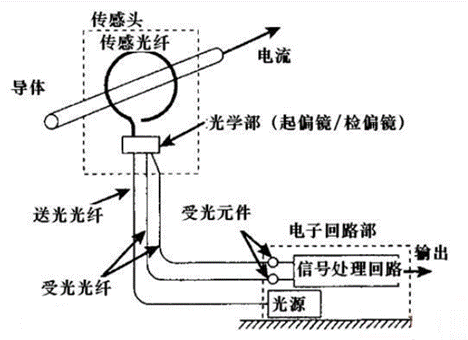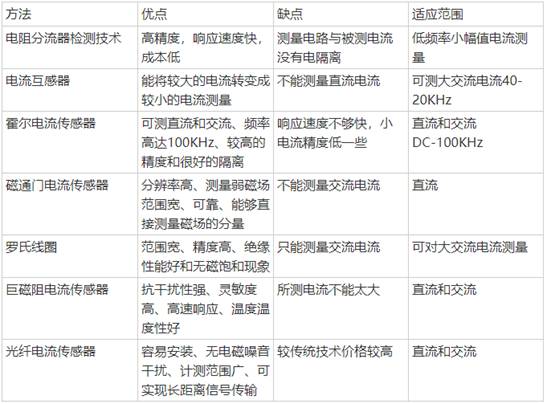The giant magnetoresistance sensor consists of four giant MAGNETORESISTANCES to form a Wheatstone bridge structure, which can reduce the impact of the external environment on the output stability of the sensor and increase the sensitivity of the sensor.
7. Optical fiber current sensor
The laser beam passes through the optical fiber, generates polarized light through the polarizer, and is emitted to the magneto-optical crystal through the self focusing lens: under the action of the external magnetic field generated by the current, the polarization plane rotates θ F angle; Through the polarizer and optical fiber, enter the signal detection system, and θ The current value is obtained from the measurement of F.
When the included angle of the light transmission principal axes of the two polarizers in the system is set to 45 °, the output light intensity after passing through the sensing system is:
l=(Io/2)(1+sin2 θ F)
Where IO is the incident light intensity. Through the measurement of the emitted light intensity, it can be concluded that θ F. Thus, the current can be measured.
advantage:
(1) It is easy to install, without disconnecting the conductor, and only winding the slender and soft insulating optical fiber on the conductor can detect the current, which can realize the small benefit and light weight of the whole sensing device;
(2) No electromagnetic noise interference. In recent years, in the measurement and control system, the output of the sensor is generally connected to the electronic circuit of the semiconductor, and the sensor device itself is all composed of optical devices, so it has the characteristics of anti electromagnetic interference (EMI);
(3) The measurement range is wide, without the restriction of core magnetic saturation. At the same time, the response speed of Faraday effect is fast, and it has a wide measurement range from low frequency to high frequency and to high current;
(4) Because the signal is transmitted through optical fiber. Small waveform distortion. The transmission loss is small, so long-distance signal transmission can be realized.


